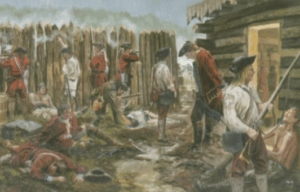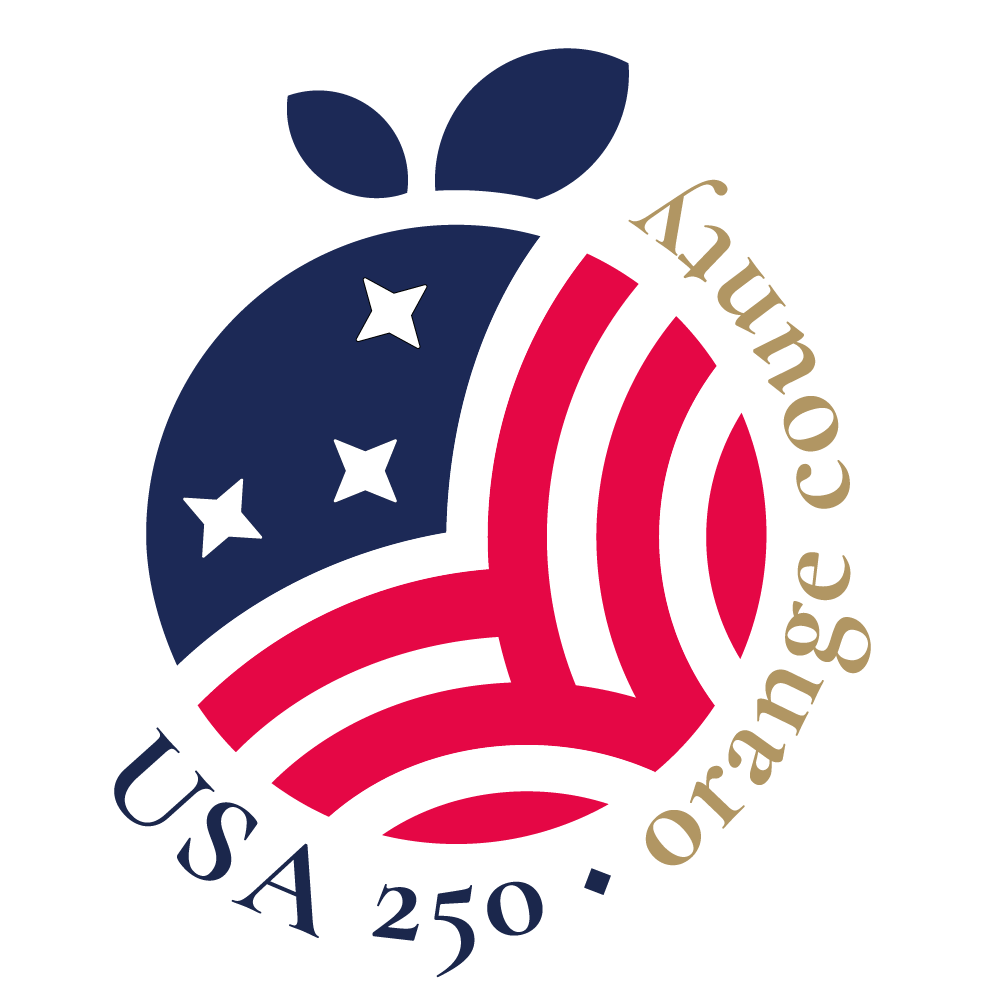
On May 28, 1754, George Washington led a band of Virginia recruits and Native American warriors led by the Mingo sachem Tanaghrisson in a surprise attack on French troops. Little did he realize that the incident would spark a world war involving Great Britain, France and their respective allies in Prussia, Austria, Sweden, Spain, Portugal, Saxony and South Asia. Known as the Seven Years’ War in Europe, it was called the French and Indian War in America.
The year before, twenty-one year-old Washington had been instructed by Virginia’s lieutenant governor Robert Dinwiddie to contact leaders of Native American tribes, long organized as the Six Nations, to secure them as escorts to the French Fort Le Boeuf, gather intelligence about French activities, and demand that the French abandon their forts and all claims to the Ohio Country. If they refused to comply, Washington was authorized to remove them by force.
Five times as large as modern Virginia, the territory had been shared with relative peace between Native American tribes and Europeans until Britain and France began asserting claims in the 1740s. When Virginians created the Ohio Company in 1749, the French responded by sending a military force and constructing a chain of forts between Lake Erie and the Forks of the Ohio. In all probability, Dinwiddie did not expect the French to heed his warning, but he needed information about the strength of their forces and the status of their forts.
Young and inexperienced, Washington’s mission was delayed by intrigues and wrangling by both tribal leaders and the French. In the end, he was given a sealed written response to be delivered to Dinwiddie, along with an offer of supplies for his return journey – a journey that would be celebrated in the colonies as well as England.
Setting out from Fort Le Boeuf to Williamsburg in late-December, Washington decided to push forward ahead of his full entourage, accompanied only by Christopher Gist, a land surveyor chosen as his guide. On foot, donning buckskins and mocassins, they warily accepted an offer of help from an Indian they recalled seeing at Venango. At one point, the Indian dropped to his knees, turned and fired at Washington and Gist. Neither was injured and Washington chose to let him go while they hastened their pace to avoid possible encounters with other hostile Indians.
Forging on in bone-chilling weather, they crossed the Allegheny on a make-shift raft as large chunks of ice flowed downstream, only to find themselves stranded overnight on an island in the river after Washington had been throw into the icy waters. The next morning, the river was frozen over and the two men were able to walk across it, reporting to Dinwittie a few days later.
Dinwiddie was impressed with Washington’s account of his experience and used it to convince the Virginia House of Burgesses to provide urgent funds to counter the growsing French threat. The harrowing story was published as far as London and Massachusetts, earning Washington fame as a frontier hero.
In the meantime, Dinwitty wasted no time preparing to confront the French in the Ohio Valley. He promoted Washington to Lieutenant Colonel and dispatched him and 160 men to the Forks of the Ohio. Alerted to the presence of several dozen French soldiers encamped in a secluded glen, about forty of Washington’s soldiers and a dozen Indians led by Tanaghrisson attacked the unsuspecting French, killing at least ten, including their commanding officer, Joseph Coulon de Villiers, sieur de Jumonville, who was also scalped.
The bloodly skirmish lasted only fifteen minutes, but was soon called a massacre by the French. Accounts of the incident differed radically, but reports circulated that Jumonville was killed while reading a diplomatic message to the British demanding that they evacuate Ohio. Dinwiddie considered the clash a success while the French likened Washington to an assassin. Many leading British viewed him as reckless and inexperienced. British Parliamentarian Horace Walpole observed that “the volley fired by a young Virginian in the backwoods of America set the world on fire.”
Acknowledged by history as the spark that ignited a world-wide conflict by rekindling a centuries-old conflict between the British and the French, its immediate aftermath a month later was a humiliating setback for Washington. Overwhelmed by British forces at a poorly situated site called Fort Necessity, Washington was forced to surrender. To make matters worse, his diary was discovered by the French and later published in France, used as evidence that Jumonville had been murdered and it was the British who had, indeed, initiated the war.
This seemingly inauspicious incident, initiated by an untried, untested young George Washington would have profound consequences that would change the world forever and raise Washington to heights unrealized by any other American.
To read Washington’s Journal on line, go to digitalcommons.unl.edu/cgi/viewcontent.cgi?article=1033&context=etas
